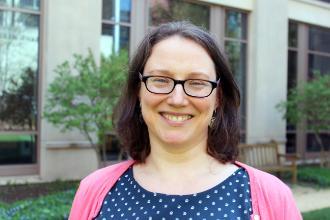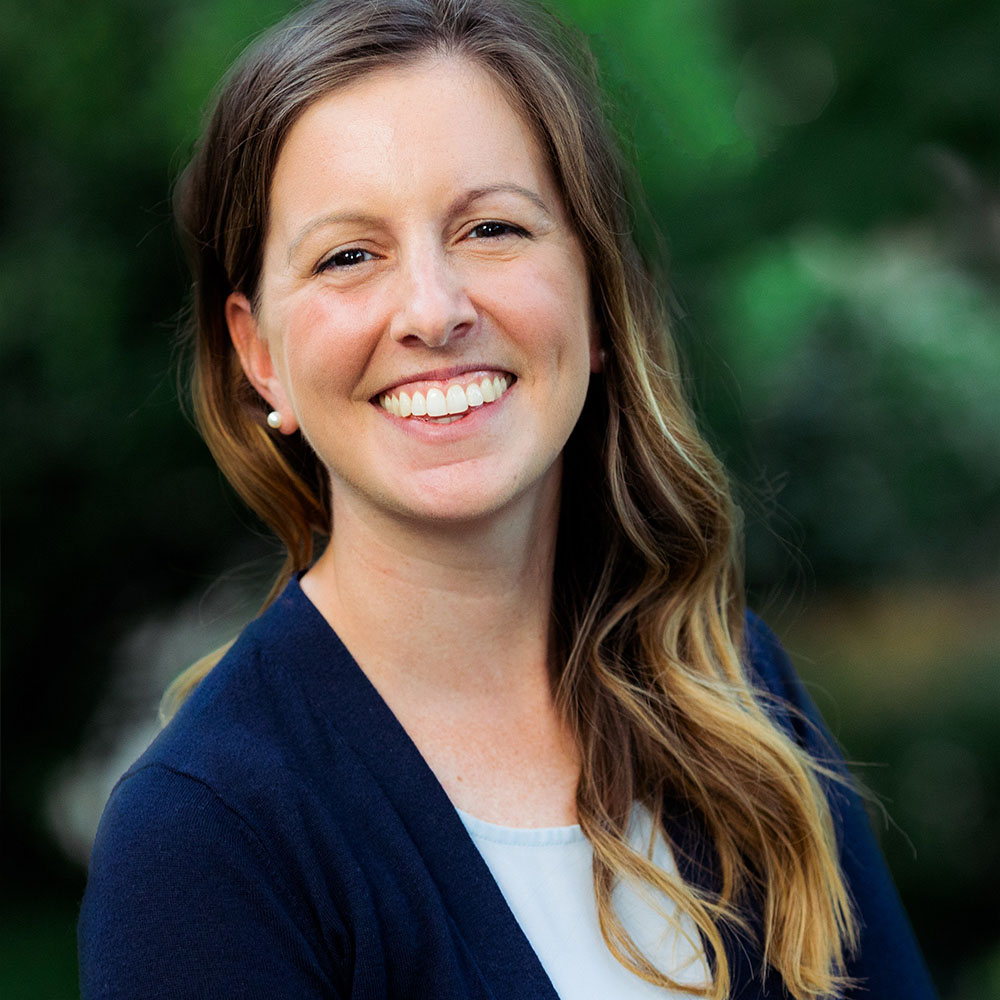Why Study Science Communication?
Science plays a critical role in shaping policy, informing public health, and advancing innovation, but its impact depends on how well it’s understood. Studying science communication assists you in bridging the gap between experts and everyday audiences, ensuring that research is not only accurate but also accessible, engaging, and relevant. Our fully online Science Communication Certificate program gives you the tools to share scientific knowledge in ways that foster dialogue, build trust, and drive informed decision-making across disciplines, sectors, and communities.
Want to see science communication in action? Check out SciComm Spotlight, our monthly column in The Elm Graduate Studies. Written by program faculty, students, and alumni, these pieces highlight timely topics, share real-world experiences, and explore emerging trends in science communication—both on campus and beyond

.png)





